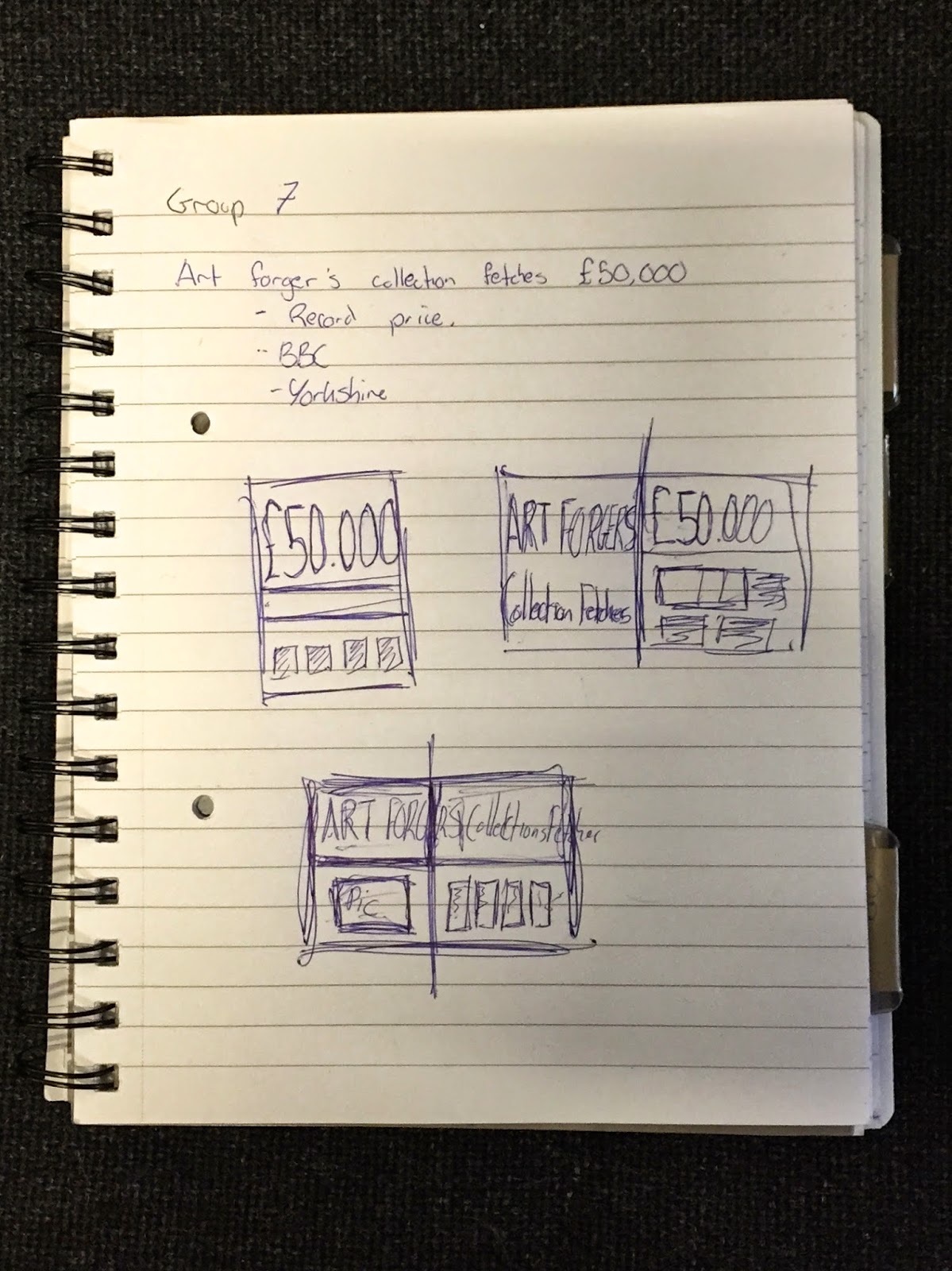Grid, Layout and Composition
To acquire a more holistic knowledge of grids, layout and composition I will conduct extended research into the above categories to increase my knowledge of the subjects. This information I will discover in study task 2 should directly inform my decisions and allow me to become more critically aware when designing. I will identify key theorists and systems used within the implementation of grids, layout and composition in a mixture of primary and secondary research.
Jan Tschichold (1902–1974) was a German typographer, book designer and teacher. He was also an advocate of the modernist moment and contributed significantly eventually becoming one of the most influential figures within the movement. One such reason Tschichold is held in such high regard by members of the design community is for his work with grids and composition.
He published 3 classic works concentrating on classical book book design and typography; Die neue Typographie (1927), The Proportion of the Book (1955) and The Form of the Book (1937-1975). He also worked with Penguin Books where he laid the foundation for the design of classic paperback designs.
Tschichold wrote, “Though largely forgotten today, methods and rules upon which it is impossible to improve have been developed for centuries. To produce perfect books these rules have to be brought to life and applied.”
Specifically looking at grids, Tschichold used a number of older works and discovered a number of different systems. He admired J. A Van de Graaf's popular method of a nine part divide with the use of double diagonals and a guideline (figure below).
 |
| Van de Graaf grid |
Josef Mülller-Brockmann (1914 – 1996) was born in Rapperswil, Switerland. He studied arcutecture, design and the history of art at the university of Zurich. Over his long and successful career he is most notably recognised for his simple designs and clean use of typography which has inspired many 21st century graphic designers.
Post war graphic designers such as Brockmann reinforced modernist ideologies such as Jan Tschichold's Die neue Typographie (The New Typography) however began to question the relevance of conventional page layout. Brockmann and others began to reinvent a flexible system that can help designers achieve coherency in organization within the page. This result ed in a modern typographic grid that became associated with the International Typographic Style. The pioneering work by Brockmann is highlighted in his book, Grid systems in graphic design this ultimately helped promote the use of the grid which was eventually implemented in Europe and North America.
“ The grid system is an aid, not a guarantee. It permits a number of possible uses and each designer can look for a solution appropriate to his personal style. But one must learn how to use the grid; it is an art that requires practice. ”
Josef Müller-Brockmann
 |
| Example of theInternational Typographic style |
Here are some important examples of popular grid methods that have been used successful within design for hundreds of years, they form the basis of page layout and provide designers with a number of theories that they can apply to their work to make it aesthetically pleasing.
The Fibonacci Sequence
The Fibonacci sequence is a mathematical pattern that is used in design, in music etc. The pattern works on the basis that each number is the sum of the previous two numbers in the list. The fibonacci sequence works in conjunction with the golden ratio of 6.12. Its principle can be used as a means of achieving balance within design and it is suggested that some of the greatest pieces of art and design throughout history conform to the fibonacci sequence.
 |
| Fibonacci Sequence |
 |
| Fibonacci Sequence applied to art |
The Golden Ratio
The Golden Ratio is the common mathematical ratio found in nature that follows a 1.1.61 (1.6) ratio. This is commonly referred to as the Golden Ratio. This ratio is linked to the Fibonacci sequence and provides the bases for a supposed balance and perfect composition within design.
 |
| The Golden Ratio |
Canons
Canons are a set of principles used to construct the page proportions, margins and print space of books, documents and page layouts. Throughout history there have been a number of famous canons that have become extremely popular within the field of graphic design.
The Van de Graaf canon is used in book design to divide a page in pleasing proportions. This canon is also known as the "secret canon" used in many medieval manuscripts and incunabula. The page proportions vary, but most commonly used is the 2:3 proportion. In this canon the text area and page size are of same proportions, and the height of the text area equals the page width.
 |
| Van de Graaf's Secret Canon |
Tschichold's Golden Canon relies on
the 2:3 page ratio to give a
type area height equal to
page width as demonstrated by a circle, and
result in margin proportions 2:3:4:6. The key to the success of the golden canon is the
division of the page into
nine equal spaces both
horizontally and vertically.
 |
| Tscichold's Golden Canon |
 |
| Golden Canon in use |
Experimenting with grids
As primary research I decided to see how different grids can apply to different forms. This allowed me to further understand that grids are everywhere and can be applied to just about anything. I took a portrait of a human face and found that a simple grid can be applied to the construct of the human face to which all the features fit proportionately to this standardised grid that can be applied to any standard human face (see below).
 |
| Standardised grid for the Human Face |










































